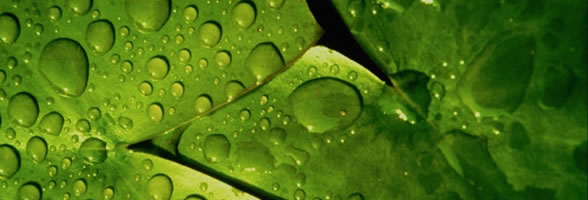
Glowworm Swarm Optimization
Odor source model
The concentration of a substance advected by a turbulent flow exhibits a complex, chaotically evolving structure. The formation of eddies due to turbulence leads to disconnected patches. If one measures the concentration of an odor patch, the maximum amplitude of the concentration within the patch decreases as one moves away from the source, and the average time between encountering two successive patches increases. A patch based model is developed here to generate concentration profiles similar to the ones observed in a turbulent environment.
The patch based model assumes that fluid flows in turbulence in the form of patches, which are transported by wind and turbulence. While the wind has the same effect on all patches, turbulence works differently on each patch. The intensity of a patch is modeled as
where, f(r) is the patch intensity function, r is the distance from the center of the patch, C is used to scale concentration levels to realistic values and a is a parameter used to control patch decay with time. The parameter a decreases exponentially with time as
where, a0 is the initial value of the parameter a, t is time in seconds and T is the decay rate of the patch. Initially the patch has a sharp concentration peak at its center, with time this peak goes down and the patch spreads out.
The odor source is assumed to emit a fixed number of patches per second (say N). These patches are transported around the field by turbulence and wind. As the patches move around the field, they also spread out. Patch concentrations are summed up to obtain the dynamic concentration profiles. In realistic odor profiles, a concentration peak is generally observed at the odor source location. This is modeled by assuming that N patches are present at the source location always, that is, there are initially N patches at the source and when a group of N patches are released, they are immediately replaced by a new set of N patches.
The movement of each patch is assumed to be governed by two velocity components, the turbulent transport velocity and the wind velocity. These velocities are updated after every second. The turbulent transport velocity assumes a direction that is chosen randomly (with a uniform distribution) between 0 and 2pi initially and then, in subsequent steps, the direction for turbulent transport velocity is chosen uniformly within pi/4 of the previous direction. Turbulent transport of a single patch is represented as
where, x(i) is the resultant patch velocity at the ith second, w is the wind velocity vector, and xr(i) is the turbulent transport velocity vector after the ith second which is given by
where, n is a parameter uniformly distributed between 0 and 1 and R() is the rotation matrix. The new turbulent transport velocity vector xr(i) chooses a direction uniformly between x1 and x2, where, x1 and x2 are obtained by rotating xr(i-1) in the anticlockwise and clockwise direction by pi/4, respectively.
The above figure shows the trajectory of a patch, originating from the source location S. Here, the initial turbulent transport vector xr(0) chooses a direction uniformly between 0 and 2pi. The wind velocity vector w is then added to xr(0) to obtain the resultant patch velocity vector x(0) at time i = 0. The resultant patch velocity x(0) takes the patch to point A. The new turbulent transport velocity vector direction is chosen uniformly within pi/4 of the previous direction. The new turbulent transport vector xr(1) is added to the wind velocity vector w so as to compute the resultant patch velocity x(1), which takes the patch to point B. The above process is repeated at every subsequent step.
In order to generate the concentration profiles, we assume that N patches are released simultaneously by the source after every second. Each one of these patches are transported by turbulence and wind as explained above. The simulation is seen to generate complex structures as observed in an actual gas leak. The source is placed at the center of the field and the wind is assumed to blow constantly along the positive x-direction. As in turbulent environments, the profile generated consists of disconnected patches which constantly evolve with time. Due to the wind in the positive x-direction, all the odor patches are transported downwind, resulting in a zero concentration measurement behind the odor source in the upwind direction.
The video below shows the propagation of odor patches with time. Here, the peripheral blue portion represents low or zero gas concentration. The parameter values used are a0 = 10, T = 10, C = 10-6, Turbulent transport speed = 0.5 m/sec, Wind speed = 0.5 m/sec, and N = 20. The wind is assumed to blow in the positive x- direction.
